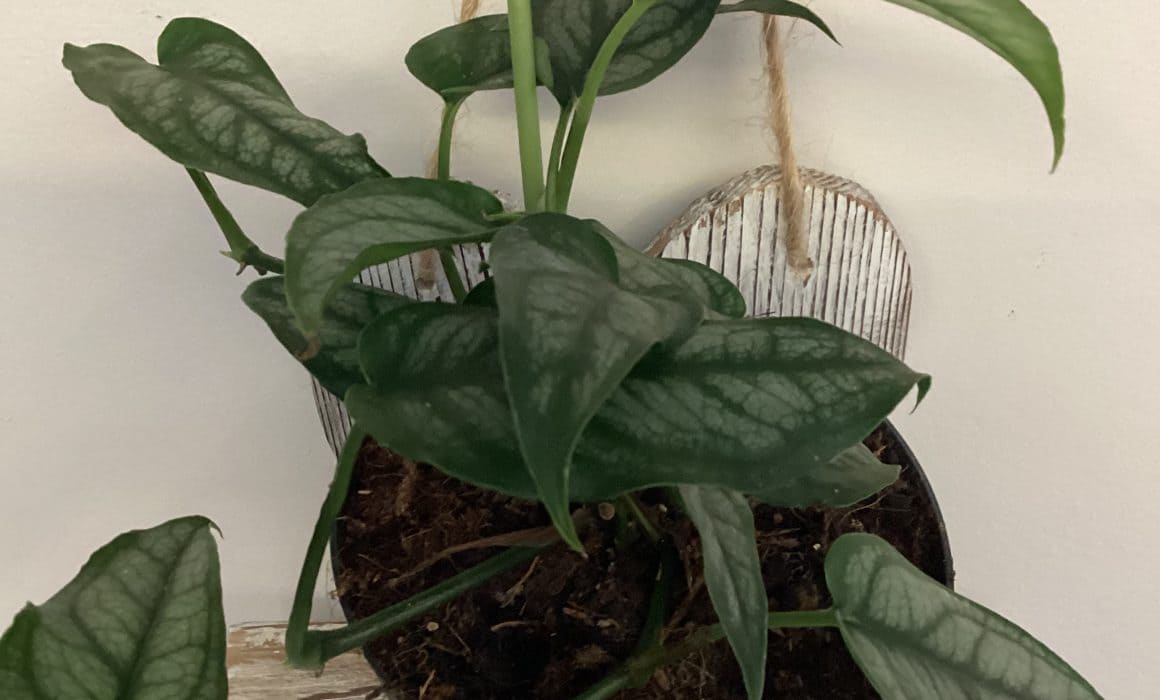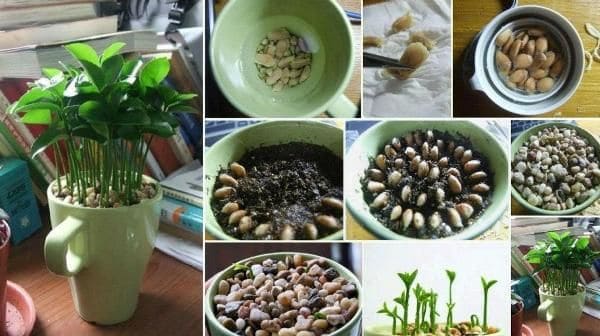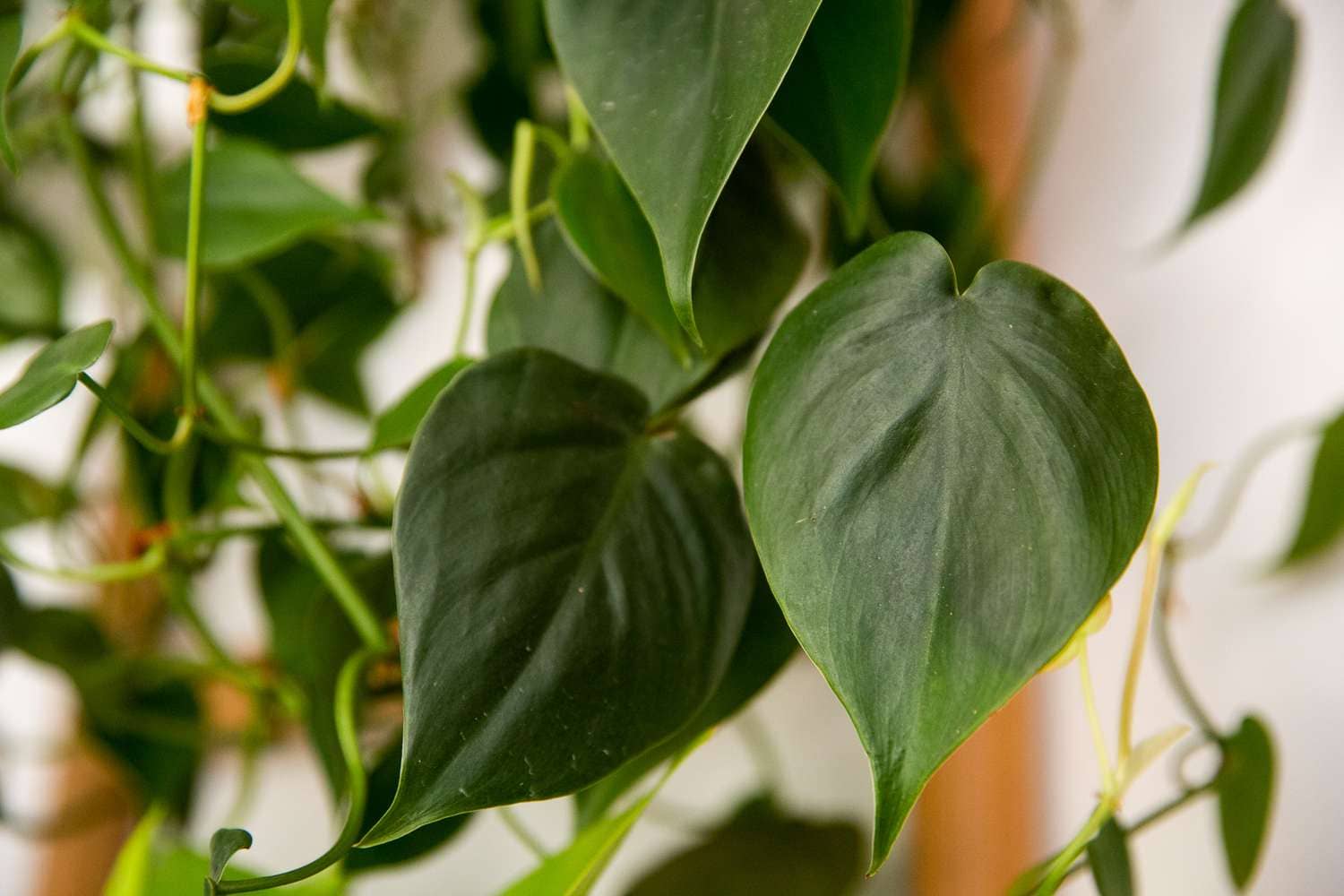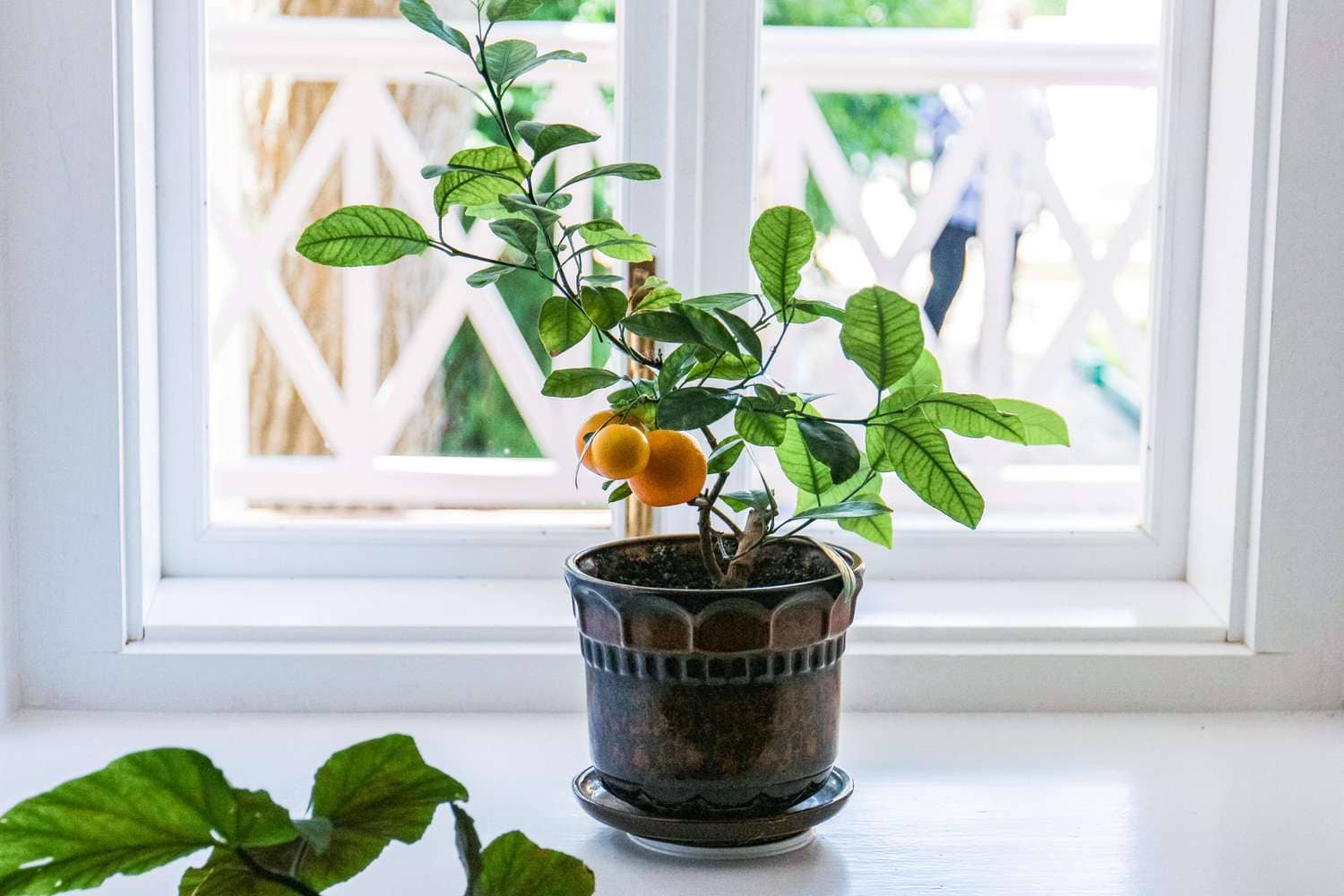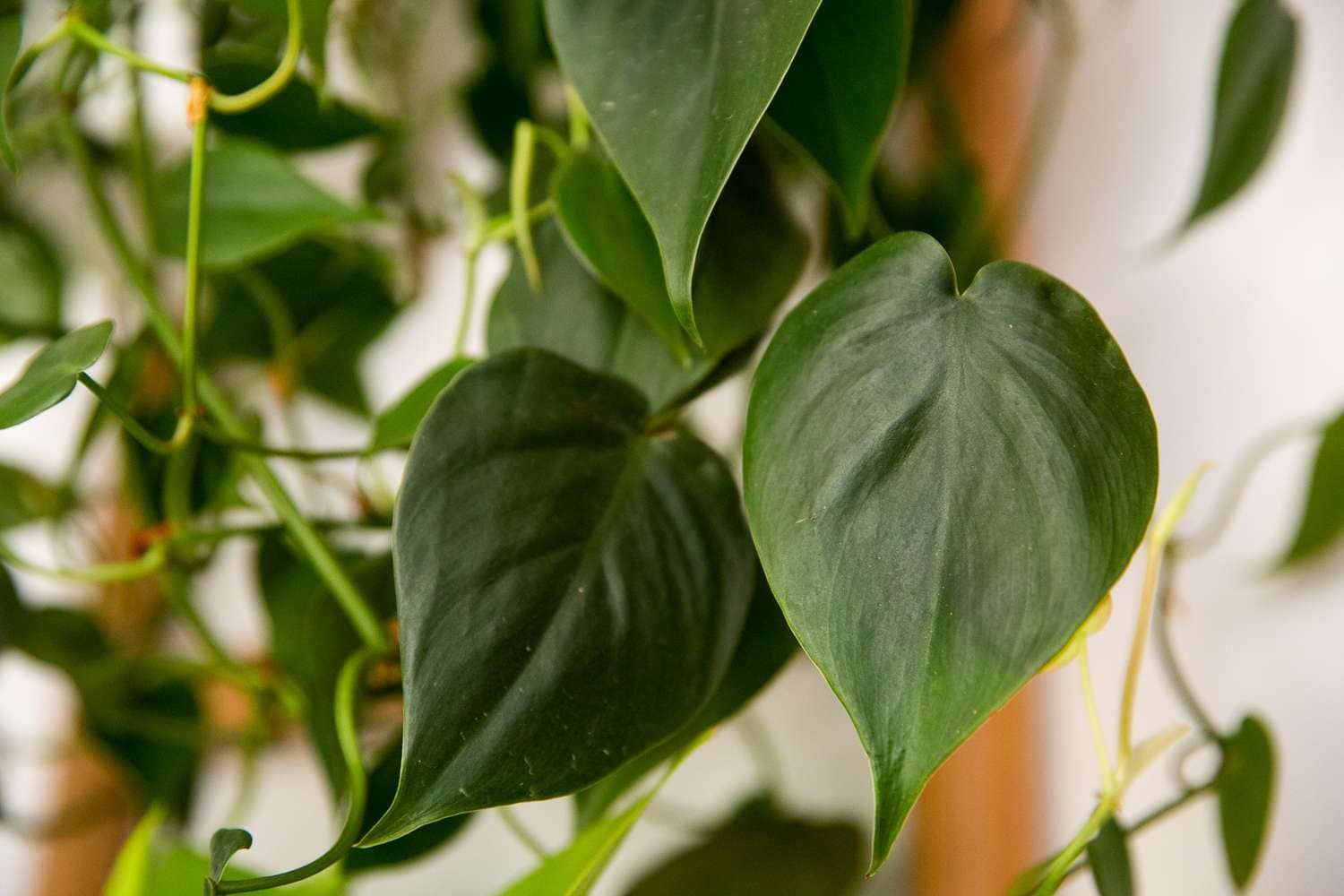Introduction
Welcome to the lush world of Monstera Siltepecana, where elegance meets resilience. In this guide, we delve deep into the intricacies of this captivating plant species. From its origins to care tips, propagation techniques, and more, embark on a journey to uncover the secrets of the Silver Monstera.
Unraveling the Mystique of Monstera Siltepecana
Monstera Siltepecana, also known as the Silver Monstera, boasts striking foliage characterized by its velvety green leaves adorned with silver markings. Originating from the tropical regions of Central and South America, this botanical gem has captured the hearts of plant enthusiasts worldwide.
Exploring the Origins and Habitat
H1: Origins of Monstera Siltepecana
The Silver Monstera traces its roots back to the lush rainforests of Mexico and Central America. Flourishing amidst dappled sunlight and high humidity, it thrives in the shaded understory of dense tropical forests.
H2: Habitat Requirements
In its natural habitat, Monstera Siltepecana flourishes in well-draining soil with ample moisture retention. It thrives in environments with indirect sunlight and high humidity levels, making it an ideal addition to indoor gardens and greenhouses.
Caring for Your Silver Monstera
H1: Light and Temperature Needs
Monstera Siltepecana thrives in bright, indirect light but can tolerate lower light conditions. Avoid exposing it to direct sunlight, as this can scorch its delicate foliage. Maintain a consistent temperature range between 65°F to 80°F (18°C to 27°C) to ensure optimal growth.
H2: Watering and Humidity
Keep the soil consistently moist but not waterlogged, allowing the top inch to dry out between watering sessions. Misting the leaves regularly or placing a humidifier nearby can help replicate its natural habitat’s humidity levels.
H3: Soil Requirements
Provide well-draining soil rich in organic matter, such as a mixture of peat moss, perlite, and orchid bark. This ensures proper aeration and prevents waterlogging, safeguarding your Silver Monstera against root rot.
H4: Fertilization Routine
During the growing season, feed your Monstera Siltepecana monthly with a balanced liquid fertilizer diluted to half strength. Refrain from fertilizing during the dormant winter months to allow the plant to rest.
Propagation Techniques
H1: Propagation via Stem Cuttings
Propagating Monstera Siltepecana is relatively straightforward, primarily through stem cuttings. Select a healthy stem with at least two nodes and trim it just below a node using a clean, sharp knife or shears.
H2: Water Propagation Method
Place the stem cutting in a container filled with water, ensuring that at least one node is submerged. Position it in a warm, well-lit area, and change the water weekly to prevent stagnation and fungal growth.
H3: Soil Propagation
Alternatively, plant the stem cutting directly into moist potting soil, burying at least one node below the surface. Keep the soil consistently moist and provide indirect light until roots develop.
Common Pests and Diseases
H1: Pest Management
While Monstera Siltepecana is relatively resistant to pests, occasional encounters with spider mites, mealybugs, or aphids may occur. Monitor your plant regularly and treat infestations promptly with insecticidal soap or neem oil.
H2: Disease Prevention
To prevent fungal diseases such as root rot, ensure proper drainage and avoid overwatering. Additionally, maintain good air circulation around the plant and refrain from crowding it with other foliage.
FAQs (Frequently Asked Questions)
- How often should I water my Monstera Siltepecana?
- Water your Silver Monstera when the top inch of soil feels dry to the touch, typically every 7-10 days.
- Can Monstera Siltepecana tolerate low light conditions?
- While Monstera Siltepecana prefers bright, indirect light, it can adapt to lower light environments, albeit with slower growth.
- What is the significance of the silver markings on Monstera Siltepecana leaves?
- The silver markings, also known as variegation, contribute to the plant’s aesthetic appeal and are a result of genetic mutations affecting chlorophyll production.
- How do I encourage bushier growth in my Silver Monstera?
- Prune the stems selectively to promote branching and fuller growth, ensuring to remove any leggy or damaged foliage.
- Is Monstera Siltepecana toxic to pets?
- While Monstera Siltepecana is not classified as highly toxic, it may cause mild gastrointestinal discomfort if ingested by pets. Keep it out of reach of curious animals.
- What are the best practices for repotting Monstera Siltepecana?
- Repot your Silver Monstera every 1-2 years, preferably during the spring months, using a slightly larger container with fresh, well-draining soil.
Conclusion
In conclusion, Monstera Siltepecana stands as a testament to nature’s beauty and resilience, gracing indoor spaces with its exquisite foliage and easy-care nature. By understanding its origins, habitat requirements, and propagation techniques, you can cultivate a thriving oasis of greenery in your own home. Embrace the allure of the Silver Monstera and embark on a journey of botanical exploration like never before.

